80 Years – remembering John McGrath MSC, Bathurst Island, warning Darwin.
And Ed Bennett MSC, Melville Island
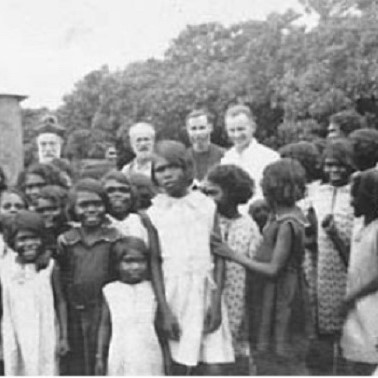
From John P McD Smith, ‘I Saw the Bombers’, Alice Springs News, February 22nd 2022.
Bathurst Island lies 50 miles north of Darwin and on that fateful morning Father John McGrath, the priest in charge of the Catholic mission on the island, was going about his daily duties.
Children were on their way to school. Mothers were cleaning their small houses and fathers were beginning work for the day.
Father McGrath’s attention was drawn to a loud moaning noise in the sky. He looked up to see a great number of aircraft in the north-west.
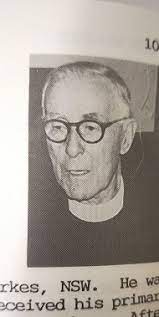
He became alarmed given the excessive number of aircraft. Being a coast-watcher he thought it prudent to radio Darwin so he went to the small radio shed and began transmitting at 9:35 AM.
His communication said: "I have an urgent message. An unusually large air formation bearing down on us from the north-west. Identity suspect. Visibility not clear."
The Japanese aircraft picked up his message and suspected it was a warning to Darwin. Three aircraft peeled away from the formation, flew low over the island and opened fire with their machine guns.
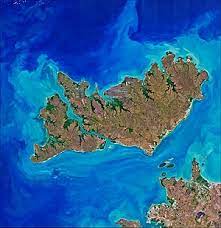
Bullets struck all around the shed where Father McGrath was transmitting and. And tore holes in the adjacent wall; but the priest, at risk to his own life, kept sending his message.
If Fr McGrath's warning had been properly heeded then the authorities would have had 20 precious minutes to prepare and perhaps fewer people would have died.
That might have been enough time to get most of the RAAF for aircraft into the air. Messaging under enemy fire was an incredibly brave act for which Fr McGrath has never received any formal recognition or honour.
_____________________________________________
The first notice of the Japanese attack received by the hapless citizens of Darwin was the terrifying sound of falling bombs. Within two hours of the first attack, Japanese aircraft struck Darwin again. Owing to the lack of response to Father McGrath's warning, heavy damage was inflicted on the town, shipping in the harbour, and the RAAF airfield in the two initial air raids on 19 February.
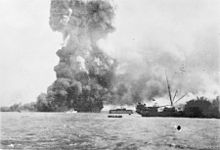
Eight ships were sunk in the harbour and many were damaged. A Japanese dive bomber attacked and severely damaged the clearly marked hospital ship Manunda. Stoker 2nd Class Charlie Unmack was aboard the minesweeper HMAS Gunbar in Darwin harbour and provides an eyewitness account of the first air raid.
____________________________________________
Br Ed Bennett’s story from Melville Island
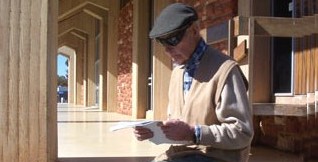
Br Ed Bennett first went to Alice Springs in 1936 and helped set up the Charles Creek Mission. He then went to Melville Island and set up the Mission at Garden Point.
It was there in 1942 that he saw the Japanese planes passing over on their way to bomb Darwin, but his warning to the Government radio relay on the island was ignored.
On February 19 1942 the first wave of Japanese aircraft flew overhead on their way to bomb Darwin. "I could see the heads of the pilots, they were so low," Br Bennett remembered.
Br Bennett later told historians that he was with the resident coast watcher, John Gribble. Br Bennett said that he urged Gribble to send a warning. Gribble refused to do so, saying the message would have to be sent in code, and he did not have the necessary code books.
Despite Br Bennett's urging, no message was sent, the Darwin city website says.